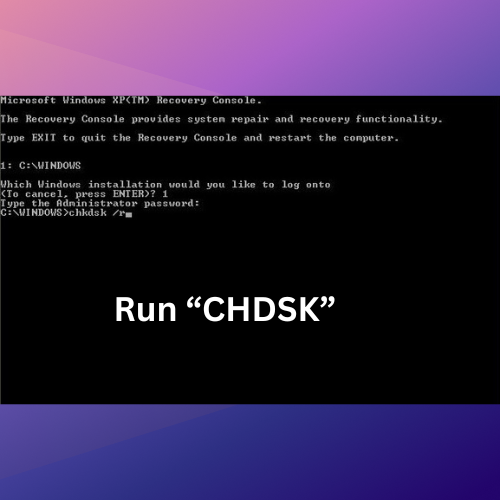Hey there, Windows users! Dealing with the dreaded Blue Screen of Death (BSOD) can be a real headache, right? But fear not! Let’s roll up our sleeves and tackle these pesky errors together. Here are four nifty methods to get your Windows PC back on track.
You can also find extensive help and more different methods on how to fix BSODs errors on WindowsGuided site. In fact, they helped us to come about with this article!
Ok, now let’s see how you can fix those errors!
Table of Contents
Method 1: Check for Hardware Issues
Sometimes, BSOD errors are caused by faulty hardware. Start by checking if everything’s snugly connected inside your PC. Is the RAM securely in place? Are all cables properly plugged in? Loose connections can cause chaos.

If everything looks good physically, you can run some diagnostic tests. Windows has a built-in tool called Memory Diagnostic. Here’s how to use it:
- Press the Windows key + R, type “mdsched.exe,” and hit Enter.
- Choose to restart and check for problems.
This tool will scan your computer’s memory for any issues and hopefully fix the problem.
Method 2: Update Device Drivers
Outdated or incompatible drivers can be a major cause of BSOD errors. Let’s give those drivers a refresh!
- Press Windows key + X and select “Device Manager.”
- Look for any devices with a yellow triangle icon, indicating an issue.
- Right-click on those devices and select “Update driver.”
You can also visit the manufacturer’s website for your PC or individual components (like graphics cards or network adapters) and download the latest drivers from there.
Method 3: Undo Recent Changes with System Restore
Did the BSOD start appearing after a recent change or installation? Sometimes, those changes can cause chaos. Let’s turn back time using System Restore:
- Type “Create a restore point” in the Windows search bar and hit Enter.
- Click on “System Restore” and follow the prompts.
- Choose a restore point from before the BSOD errors started showing up.
System Restore will take your PC back to a time when everything was running smoothly. Fingers crossed it solves the problem!
Method 4: Run a Windows CHKDSK Scan
Windows has a neat little tool called CHKDSK that checks for and fixes errors on your hard drive. Here’s how you can use it:
- Press the Windows key + X and select “Windows PowerShell (Admin).”
- Type “chkdsk /f /r” and hit Enter. It might ask you to schedule the scan for the next restart.
This scan can take some time, but it’ll go through your hard drive, fix any issues it finds, and hopefully, kiss those BSOD errors goodbye.

Remember, dealing with BSOD errors can take a bit of trial and error. Don’t worry if one method doesn’t work—move on to the next!
Now, go ahead, give these methods a try, and breathe a sigh of relief as you bid farewell to those frustrating Blue Screen of Death errors. You’ve got this!